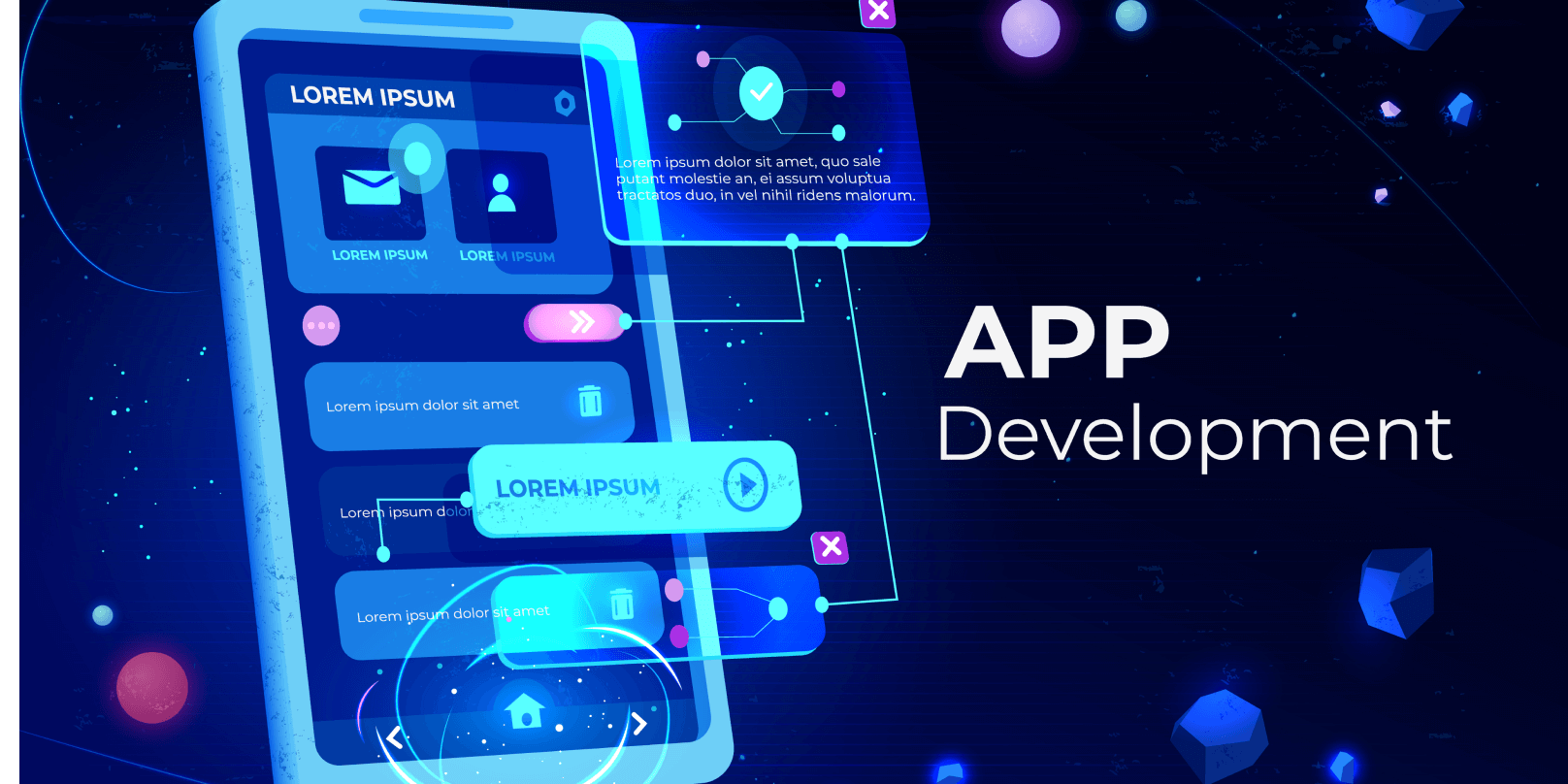App Development: A Step-by-Step Guide to Monetizing Your Skills
Table of Contents
- What is App Development?
- The Importance of App Development Skills
- Conducting Market Research
- Analyzing User Preferences
- iOS vs. Android
- Cross-Platform Development
- Acquiring Programming Languages
- Familiarizing Yourself with Development Tools
- User Experience (UX) Design
- User Interface (UI) Design
- Coding and Implementation
- Testing and Debugging
- App Store Guidelines
- Preparing App Store Optimization (ASO)
- In-App Purchases
- Advertisements and Sponsorships
- Subscriptions and Premium Features
- App Marketing Strategies
- Social Media Marketing
- Influencer Collaborations
- App Analytics
- User Feedback and Reviews
- Updates and Improvements
- Expanding to New Platforms or Markets
1. Introduction
2. Understanding App Development
What is App Development?
App development refers to the process of creating software applications specifically designed to run on mobile devices. It involves a combination of programming, design, and user experience considerations to develop functional and visually appealing apps.
The Importance of App Development Skills
In today's competitive digital landscape, having app development skills can give you a significant advantage. With the increasing reliance on mobile devices, businesses and individuals are constantly seeking innovative apps to meet their needs. By mastering app development, you can position yourself as a valuable asset and explore various avenues to monetize your skills.
3. Identifying Your Target Audience
Before diving into app development, it's crucial to identify your target audience. Understanding your potential users' preferences, demographics, and pain points will help you create an app that caters to their specific needs effectively.
Conducting Market Research
Conduct thorough market research to gain insights into the existing apps within your niche. Identify gaps or areas for improvement, which can be the basis for your app idea. Analyze competitors' apps, their features, and user reviews to understand what works and what doesn't in the market.
Analyzing User Preferences
User preferences play a vital role in app success. Consider conducting surveys or interviews to gather feedback directly from your target audience. This data will guide you in designing an app that aligns with users' expectations and delivers a seamless user experience.
4. Choosing the Right Platform
When it comes to app development, choosing the right platform is crucial. The two dominant platforms are iOS (Apple) and Android (Google), each with its pros and cons.
iOS vs. Android
iOS offers a more controlled and streamlined development environment with a loyal user base. Android, on the other hand, has a larger market share and offers more flexibility. Consider factors such as target audience, budget, and app complexity when deciding between the two platforms.
Cross-Platform Development
Another option is cross-platform development, which allows you to create apps that can run on multiple platforms using a single codebase. Cross-platform frameworks like React Native and Flutter offer time and cost efficiencies, enabling you to reach a wider audience.
5. Learning App Development
To become a proficient app developer, you need to acquire the necessary programming languages and familiarize yourself with development tools.
Acquiring Programming Languages
Depending on your chosen platform, you'll need to learn languages such as Swift or Objective-C for iOS development, and Java or Kotlin for Android development. Online tutorials, courses, and documentation provided by Apple and Google can help you get started.
Familiarizing Yourself with Development Tools
Development tools such as Xcode (for iOS) and Android Studio (for Android) provide integrated development environments (IDEs) to streamline the coding process. These tools offer features like code editors, debuggers, and emulators, making app development more efficient.
6. Designing an Engaging User Interface
A compelling and user-friendly interface is crucial for app success. Pay attention to both User Experience (UX) and User Interface (UI) design aspects.
User Experience (UX) Design
UX design focuses on enhancing user satisfaction by improving the usability, accessibility, and overall experience of an app. Consider factors like user flow, intuitive navigation, and clear call-to-action buttons to create a seamless experience for your users.
User Interface (UI) Design
UI design involves creating visually appealing interfaces that engage users. Pay attention to color schemes, typography, and iconography to ensure your app's design aligns with your target audience's preferences and reflects your app's purpose.
This is just the beginning of our comprehensive guide to monetizing your app development skills. Continue reading the full article on our website to discover the remaining steps, including app development, publishing, monetization strategies, promotion, analyzing app performance, and scaling your app business.
Conclusion
App development offers a world of opportunities for those with a passion for technology and creativity. By following the step-by-step guide outlined in this article, you can start your journey towards building successful and profitable apps. Remember to always prioritize your users' needs, stay updated with the latest trends and technologies, and continuously improve your skills to thrive in the dynamic app development industry.










